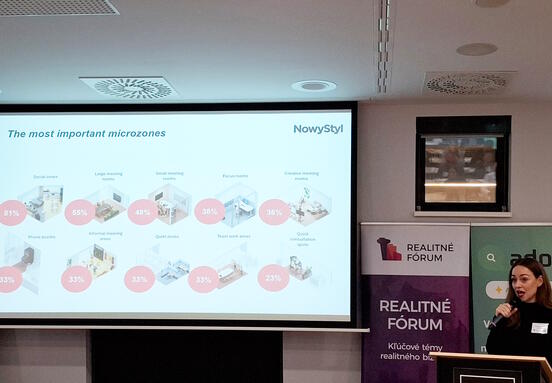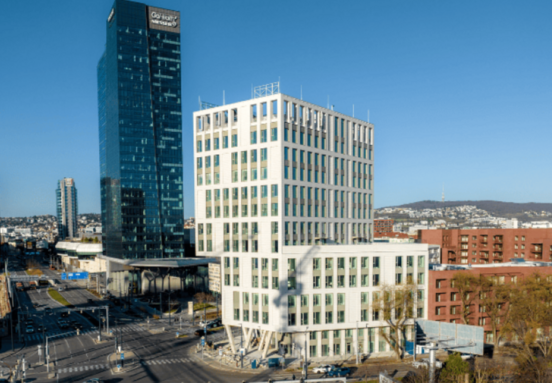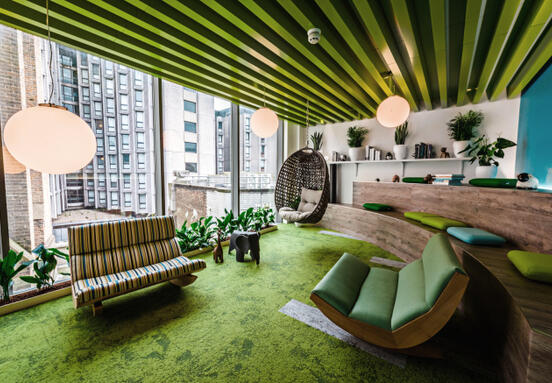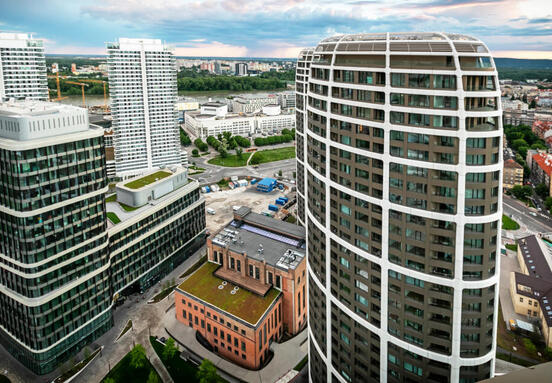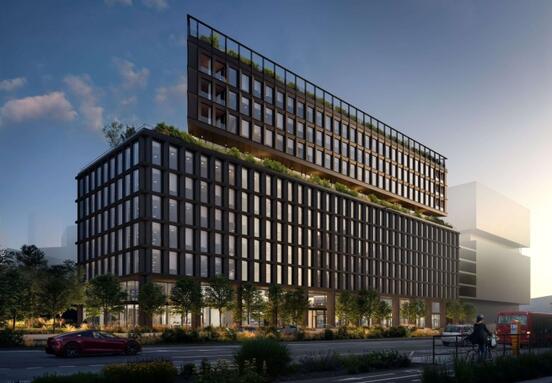Despite the experience of several quarters of relatively weak growth, this reflects the resilience of the Slovak economy, especially when it comes to the German tech recession faced by large companies and remains double-digit in June - 10.8% in the 2nd quarter, down 3%, which was mainly due to the slowdown the increase in food prices and the decrease in fuel prices and thus energy prices. This led to a reduction in consumer spending, which was reflected in the retail market. A slowdown in global growth is typically followed by office employment. Despite this, Slovakia has low costs and is therefore an attractive destination for companies seeking outsourcing, expansion or relocation, especially at a time of reduced margins. The labor market remains firm and unemployment fell to 3.9% by the end of the 2nd quarter. The yield is above 6.00% in Q2 2023. This does not mean that less than a leased prime asset with superior values, WAULT cannot attack lower levels of 0, in the case of 7 WAULT is generally 5 in 1, which reflects the trends and general shifts in the surrounding countries and in Western Europe.
SUPPLY AND DEMAND: RESILIENT OFFICE SECTOR BUT INCREASING VACANCIES
Despite the economic downturn, the Bratislava office market is showing resilience, as evidenced by the high rental figures. Gross rent reached 1,700 m2, representing an 85% year-on-year increase, while net rent reached 28,000 m2, a 50% year-on-year increase. One of the key factors is the continued importance of the public sector, which maintains a strong presence in the market, underlining the 44% share of rentals in the 2nd quarter. Challenges such as downsizing remain. However, the slowdown in construction activity in the coming years provides an opportunity to stabilize the market and absorb existing space, thereby reducing vacancy. Vacancy decreased slightly in the 2nd quarter and stands at 11.60%. Growing pre-leases in the upcoming 3 projects to be completed by the end of the year are contributing positively to the vacancy rate. Of interest is sub-letting, a recent trend that has developed particularly in the central business district (CBD) with an addition of 7,300 sq m this quarter. The question of what will happen to the total 35,000 m2 of subleases after the contracts expire is becoming increasingly important. The focus of tenants is intensifying towards environmentally certified buildings with the demand for zero-emission buildings. Workplace strategies that reflect ongoing adaptation to the evolving dynamics of hybrid work, mobility and workspace needs continue to be needed. Notable market movements include the merger of TAM and Alto Real Estate, which brings together a major developer and an investment fund.
PRICE: STABLE RENTAL PRICES AVERAGE YIELD INCREASING
Tenants and landlords are using new strategies to adapt to the evolving office market. By negotiating leases, tenants will be able to secure more favorable interest rates and optimize the use of existing premises, thereby saving costs and resources for tenants. Standard leases for 7 years or more are especially challenging for smaller companies. Although service fees are still increasing, the current practice of purchasing energy at spot prices, which are currently quite low, ensures the silver lining of office buildings. Primer remains stable at 17.50 EUR/m2/month. The top yield increased to 6.00% (+25 bps q-o-q), reflecting the continued rise in interest rates and further corrections are expected in the coming quarters.

